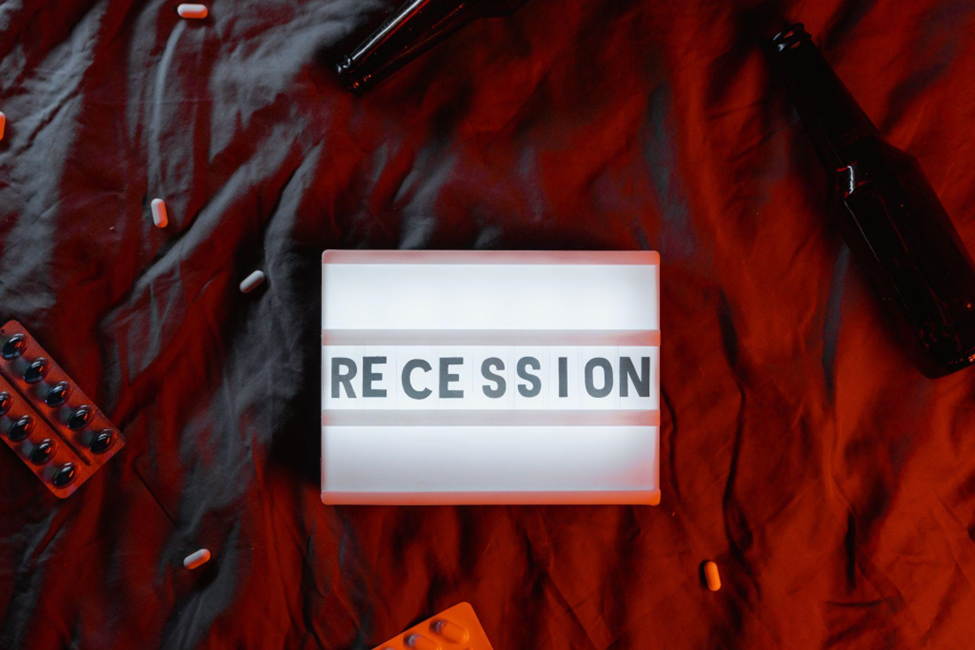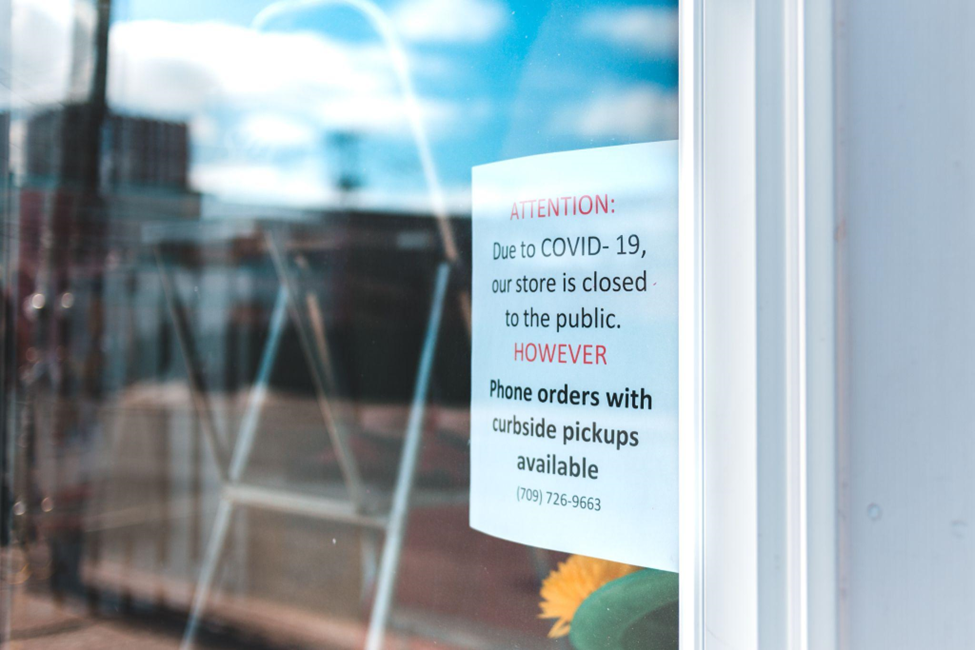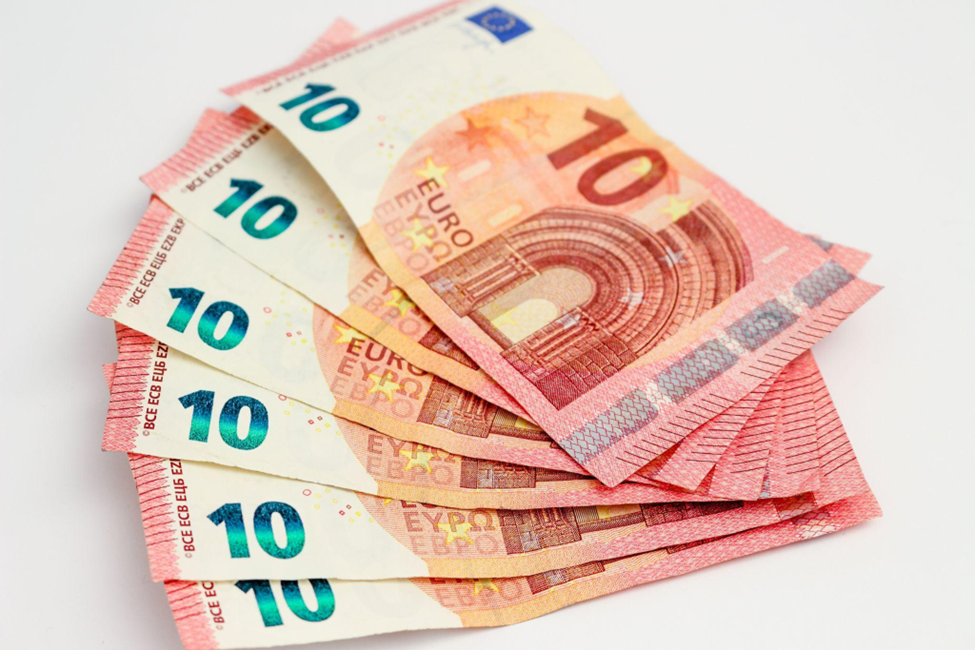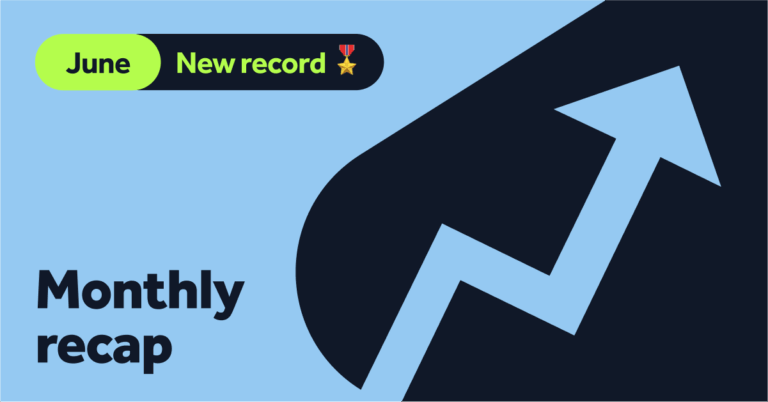During the first half of 2022, fears of a recession seized headlines in Europe and the rest of the world. No one can predict the future, although many economists forecast an impending European recession. We often hear the word recession being thrown around casually, rarely with regard to what it means and why it is so significant. That’s why we’re going to take this opportunity to define what a recession is, look at some historically significant examples of recessions, and explore a scenario in which we might face a recession in the immediate future.

Defining a recession
Generally speaking, a recession describes a period of declining economic activity that’s significant and prolonged. Though some people disagree on the exact definition of a recession, most agree that two consecutive quarters of negative gross domestic product (GDP) growth (i.e., lower GDP than the prior quarter) is the official mark of a recession. As a refresher, GDP is the total value of a country’s goods and services.
For example, Estonia’s GDP in the first quarter of the year is 8.2 billion euros. Then, in the year’s second quarter, the GDP dropped to 8.05 billion euros, followed by another decline in Q3 to 7.9 billion euros. Since the GDP shrank for two consecutive quarters, the country would officially have entered a recession.
What causes recessions?
Recessions are commonplace in any economy and tend to happen every few years. Sometimes, a recession can strike with little or no notice, just a year or two after the previous recession. On other occasions, an economy can enjoy 10 or more years of growth without experiencing a recession. Typically, recessions happen once every 3 – 5 years.

There’s no singular cause of recessions. Instead, recessions are caused by broad economic challenges such as inflation, deflation, and unemployment. If people aren’t spending money, an economy can’t grow, which leads to a recession. If prices rise too quickly, people will stop spending, leading to a recession. If unemployment rates are high and people are without work, they can’t earn money, which means they won’t be spending money. These things lead to less spending and slower (or negative) economic growth, such as a recession.
Recent recessions around the world
Let’s take a look at some examples of recent significant recessions and what contributed to causing them.
2020: COVID-19 recession
The 2020 COVID-19 recession impacted every advanced economy worldwide. First, the stock market plunged as fears of the unknown illness sent investors fleeing. Government lockdowns prevented many businesses from operating, forcing people to stay home. The businesses that didn’t shut down reduced production and laid off employees, putting millions out of work. Supply and demand both plummeted during the early days of the COVID-19 pandemic, which quickly led to a global recession.
2007 – 2009: The Great Recession
In the years leading up to The Great Recession, large financial institutions gave loans to high-risk borrowers, packaged these subprime loans together, and sold them to investors as securities. During this time, the stock market was flying high, the housing market was as hot as ever, and the good times were rolling.
Unfortunately, the party ended when interest rates went up, and borrowers defaulted, sending the housing market into free fall and destroying the value of all the mortgage-backed securities and collateralized debt obligations. What came next was the collapse of the stock market and global banking system, and a 19-month-long recession that sent shockwaves through many of the world’s advanced countries.
1929 – 1939: The Great Depression
No conversation about a recession would be complete without mention of the Great Depression. In the 1920s – colloquially known as the roaring twenties – millions invested aggressively in the stock market, overextending themselves and sending the market soaring. Investors mortgaged their homes, liquidated their savings, and sold other assets to increase their exposure to the stock market. Well, what goes up must come down, and in October 1929, a massive stock market reckoning wiped out $14 billion in a single day. With their fortunes lost, millions of people defaulted on loans and declared bankruptcy. Banks failed, global trade slowed, and hordes of people were put out of work.
What might an upcoming recession look like?
Some recessions, like the Great Depression, result in a significant and lasting economic decline. However, other recessions may be mild (like the bursting of the dot com bubble and subsequent recession in 2000-2001) or may only last for a couple of months (as in the case of the COVID-19 recession). Economists and banks – including the Bank of England, Bank of America, and J.P. Morgan, are already highlighting the increased risk of a recession that could impact Europe, the US, and other countries around the globe.

With inflation continuing to hover near all-time highs and a volatile stock market, no one knows what the future holds. The European Central Bank (ECB), the US Federal Reserve, and other central banks are aggressively raising interest rates to fight this inflation, specifically designed to slow economic growth. Given how quickly interest rates are rising and how uncertain the stock market’s future is, an impending recession would hardly come as a surprise to anyone. But what would a recession look like today?
Why this recession probably won’t be as severe as others before
For many reasons, this recession might not be as severe as some others the world has experienced. Labor markets in the EU and the US are tight, with low unemployment rates; the housing market is hot, and perhaps a bit overvalued, but appeared to be stable overall. To top it all off, Europeans took advantage of the opportunity to sock away plenty of savings during the COVID-19 lockdowns, which means the European economy has a sizable safety net.
The primary concern for Europe, the US, and most other major economies seems to be inflation. Central banks are committed to staving off hyperinflation, but that may come at the cost of an economic pullback, which could send us into a recession. If that happens, it could be a while before economies begin to prosper once again. But, if we compare the current situation to those that led to some of history’s worst recessions, there’s little evidence to show that this recession would be as extreme as those in 2020 and 2008.


